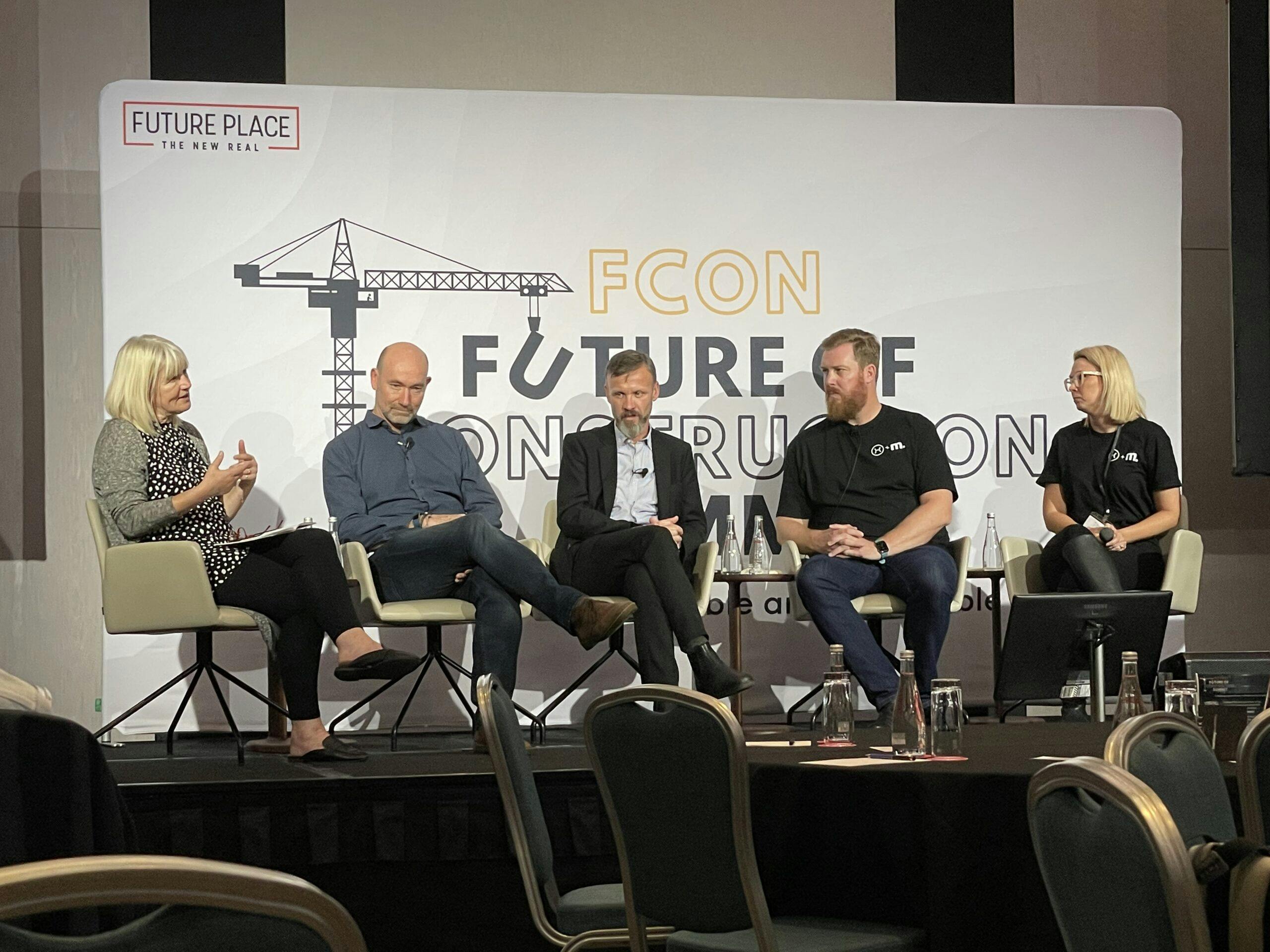As the third and final instalment in our Future of Construction Summit Series, in this article I reflect on the Locknote Panel facilitated by our own Janelle Kerrisk and Michael Morrisey of Morrissey Law + Advisory. You can read the other two articles in this series here:
- Future of Construction Summit 2021 Series [Volume 1]
- Future of Construction Summit 2021 Series [Volume 2]
Locknote Panel: Looking a decade into the future and how marine biology, horticulture and mechatronics all play an important role in the future of construction
Ending the Summit on a high, the last Locknote panel heard from the following experts from the University of Technology Sydney:

Find Professor Sara’s university profile here and get in contact with Sara via her LinkedIn.

Find Professor Peter’s university profile here and get in contact with Peter via LinkedIn.

Find Professor Fraser’s university profile here.
The refreshed perspective from the minds of 3 researchers produced an interesting discussion of the benefits and challenges surrounding innovative technologies such as HempCrete, WallBots and Algae.
The Wallbot was a specific technology that resonated with me, not only for its current application but its potential for future innovation.
Sara spoke about how the idea for the Wallbot was developed from a farm bot, but to be used vertically on building green walls to minimise the OHS issues and ongoing maintenance required.
The first generation of the Wallbot has already been created and tested by the University of Technology Sydney, as demonstrated in this video.
Funding has already been secured for a second generation to develop the Wallbot to be a complete smart green wall system.
As a chartered building surveyor, Sara expressed her vision that technology such as this has the potential to even transfer to a façade assessment bot (FAB) which could assist with the detection of defects after a project’s construction.
I thought this was an important point to consider especially when looking at the emerging technologies from researchers and science labs. While some of it may seem a bit out of reach now, there is so much potential for the development of these ideas to make a significant (and beneficial) impact on the construction industry. It is essential to recognise that the investment now is for long term gain.
What is a lawyer doing at a construction conference?
Reflecting now on my experience of the Summit, I can say that I walked away with a deeper understanding of the challenges and concerns the industry has in the face of innovation.
At Helix, we live and breathe innovation, whether that’s in the NewLaw way that we operate, or within the industry that we work with every single day. However, I have learnt that it is always important to acknowledge the practicalities of innovation and working towards a solution that incentivises the adoption of these practices.
My ultimate answer to this question can be summarised into 2 key points, being:
- To gain a better understanding of our client needs.
In order to find the most practical and beneficial solutions, it is crucial that lawyers understand the challenges and practicalities faced by our clients. Whether that is in their day-to-day activities, common disputes or any issues that can arise throughout a project’s lifecycle.
- Support innovation within the industry.
Being a Helix lawyer, I share the belief that it is important to always support the growth and development of technology that is paving the way to a more efficient and sustainable future. Not only as a lawyer, but as a member of the community, I think it is in everyone’s best interest that an industry as big as the construction industry is always looking towards ways that we can improve practices, not just for business but also its workers and the environment.
Final thoughts
It’s no secret that lawyers have a bit of a stereotype and at Helix, we pride ourselves on our mission to be #notanotherlawfirm. Part of this approach is our attendance at conferences such as the FCON21 Summit and involvement with industry innovation, to immerse ourselves in the world of construction. By learning the benefits and challenges facing our clients we can strike a truly collaborative approach in the way legal services are provided.
As the industry continues to push towards innovation, there is most definitely a place for lawyers in the future of construction.


